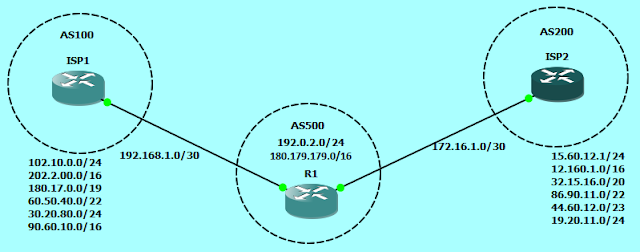VMware NSX Management Plane — Components & their interaction
In this post, we'll discuss about NSX Management plane in detail. We'll also Identify the user world agent in the management plane and management plane component interactions.
NSX Manager
NSX Manager is installed as a virtual appliance on any ESXi host in vCenter Server environment.
- The NSX Manager virtual machine is packaged in an open Virtual Appliance (OVA) file.
- The NSX Manager virtual machine installation includes VMware Tools. There is no need to upgrade or install VMware Tools or NSX Manager.
- For high availability, it is recommended that NSX Manager is deployed in a cluster configured with VMware vSPhere High Availability and VMware vSphere Distributed Resource Scheduler.
- NSX Manger and vCenter Server have a one-to-one correspondence
NSX Management plane is built by NSX Manager, the centralized network management component of NSX.
A cross-vCenter NSX environment has a primary NSX Manager and on or more secondary NSX Manager instances.
The primary NSX Manager allows to create and manage universal logical switches, universal logical (distributed) routers, and universal firewall rules. It also continues to manage the local logical switches, DLRs, and DFW rules.
The secondary NSX Manager manages networking services local to that specific NSX Manager. One can have up to fifteen secondary managers associated with the primary NSX Manager. The secondary mangers will receive the replicated universal objects from the primary NSX Manager.
Management Plane User World Agent: vsfwd
The vsfwd service runs constantly on the ESXi hosts and performs multiple tasks:
- Interacts with NSX Manager to retrieve distributed firewall policy rules
- Gather distributed firewall statistics and sends to NSX Manager
- Sends audit logs to NSX Manager
- Acts as a proxy for netcpa to pass configuration from NSX manager to create or delete the logical switches, distributed logical routers, and logical interfaces.
A cloud management platform, vSphere Web Client, or an API call can be used to consume the services offered by NSX directly through either NSX Manager or vCenter Server
A connection between NSX Manager and vCenter Server allows NSX Manger to use the vSPhere API to perform functions such as deploy service VMs, prepare hosts, and create logical switch port groups:
- DNS and NTP must be configured on NSX Manager, vCenter Server, and the ESXi hosts for the connection to work.
- The NTP server must be specified so that the SSO server time and NSX Manager time are synchronous.
- The account that you use to connect NSX Manager to vCenter Server must have the vCenter Server role Administrator
Learn more about VMware NSX here




Comments
Post a Comment